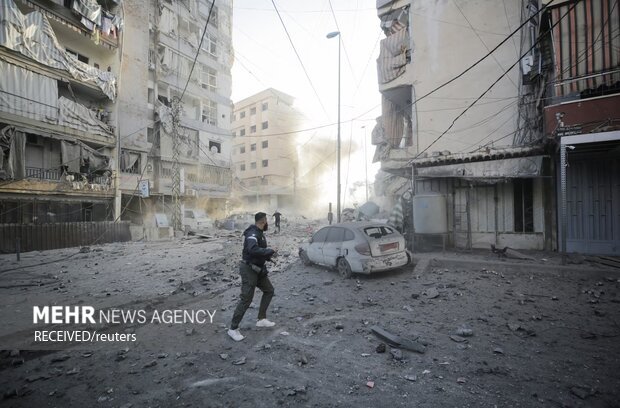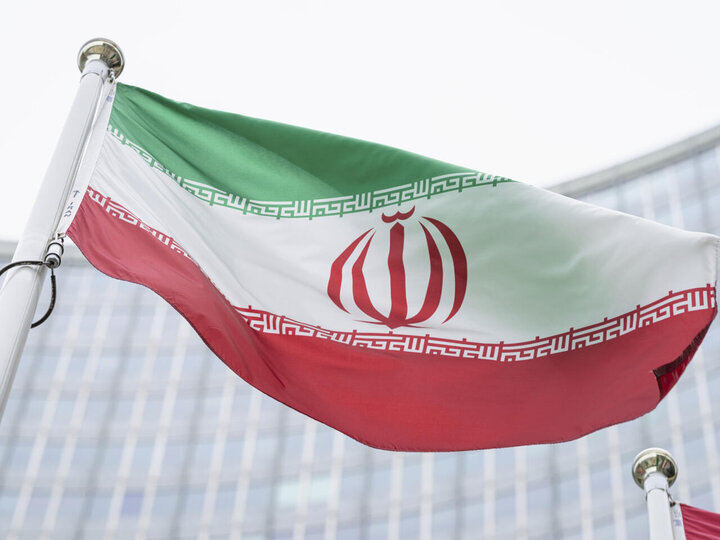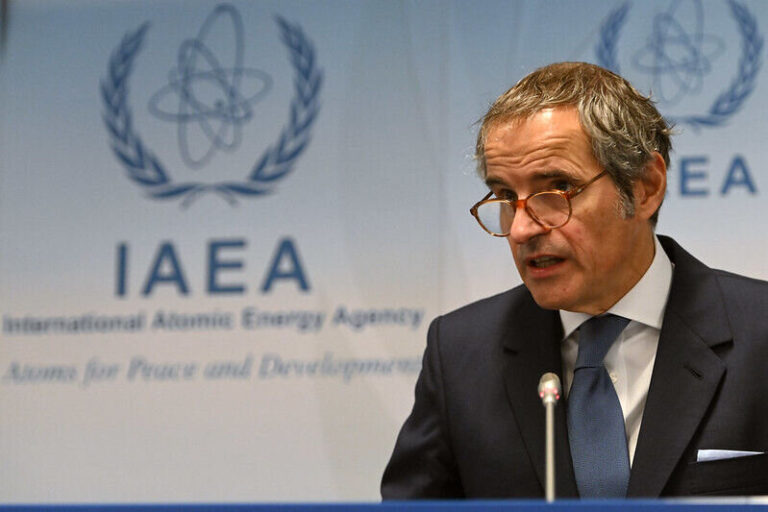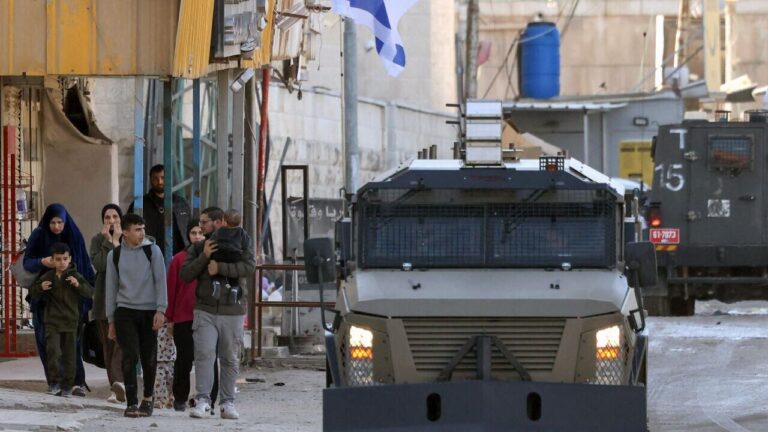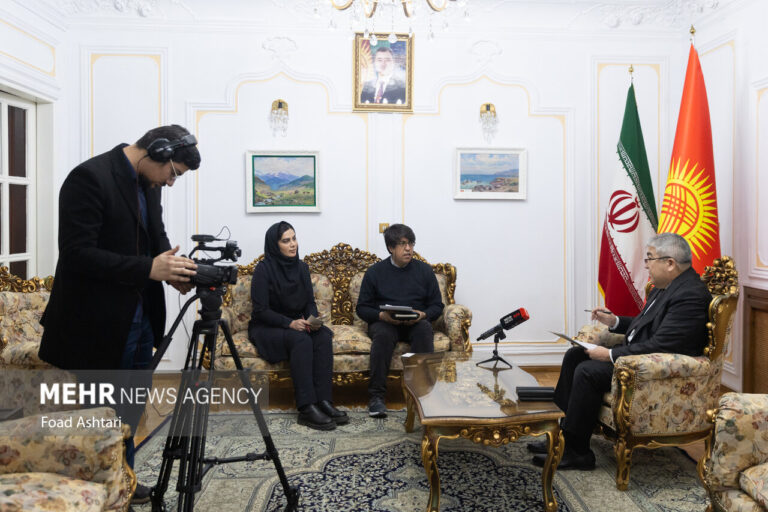Israeli Army Strikes Back: Drone Attack Targets Southern Lebanon
In a recent escalation of tensions, an Israeli drone attack in southern Lebanon has resulted in casualties, drawing attention from international observers. This incident highlights the ongoing conflict between Israel and Hezbollah, as the region remains volatile despite previous ceasefire agreements.
The Lebanese-based official news agency reported that an Israeli drone specifically targeted a vehicle in the Wadi al-Hujeir area. This attack has left at least one individual dead and another injured, raising concerns about further instability in the region.
Since the announcement of a ceasefire with Hezbollah, the Israeli regime has been accused of conducting multiple operations in southern Lebanon. The persistent drone strikes have sparked fears of a renewed conflict, as tensions continue to simmer beneath the surface.
Key points regarding the recent drone attack include:
- Location: Wadi al-Hujeir, a region in southern Lebanon known for its proximity to the Israeli border.
- Casualties: At least one person killed and one injured as a result of the attack.
- Pattern of Attacks: The Israeli regime has reportedly targeted the area multiple times since the ceasefire with Hezbollah.
The ongoing conflict between Israel and Hezbollah has deep historical roots, with numerous flare-ups over the years. The recent drone strike is a stark reminder of the fragility of peace in the region and the potential for rapid escalation.
In addition to the immediate human toll, such drone attacks can have broader implications, including:
- Increased Tensions: Each attack can escalate hostilities, leading to retaliatory actions from Hezbollah or other factions.
- International Reactions: Such incidents often draw criticism from the international community, potentially affecting diplomatic relations.
- Impact on Civilians: Civilian populations in southern Lebanon may face heightened risks and instability as military actions continue.
As the situation unfolds, analysts will be closely monitoring the responses from both Israel and Hezbollah. The potential for further violence remains high, especially in light of past encounters where ceasefires have been breached.
This incident is not isolated; it reflects a broader trend of military engagement in the region. The use of drones in warfare has become increasingly common, offering strategic advantages but also raising ethical and legal questions. The implications of such technology in conflict zones like southern Lebanon are profound and warrant serious consideration.
Moreover, the political landscape in Lebanon is complex, with various factions vying for power and influence. The role of Hezbollah, a key player in Lebanese politics and military matters, adds another layer of complexity to the situation. As the group responds to threats, the potential for a full-scale conflict looms larger.
What to Watch For: In the coming days, it will be important to observe:
- The reaction from Hezbollah and other Lebanese factions to the drone attack.
- Any statements or actions taken by the Israeli government in response to international criticism.
- The potential for peace talks or negotiations in light of escalating violence.
In conclusion, the recent Israeli drone attack in southern Lebanon serves as a crucial reminder of the precarious nature of peace in the region. With each new incident, the possibility of conflict increases, and the international community must remain vigilant. As this situation develops, it will be essential to monitor the responses from both sides, as well as the broader implications for regional stability.
